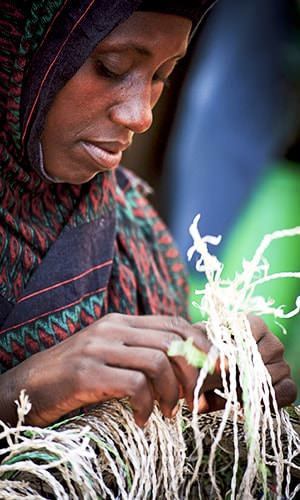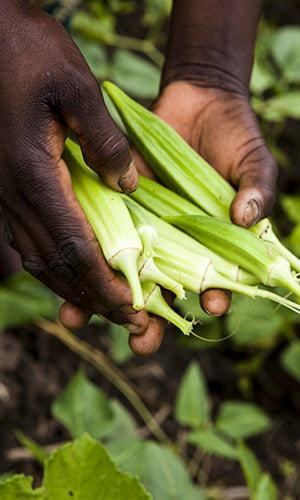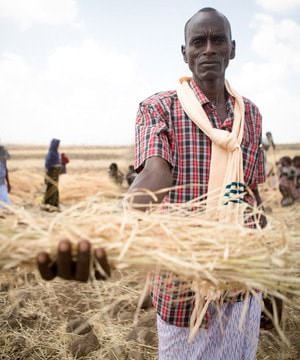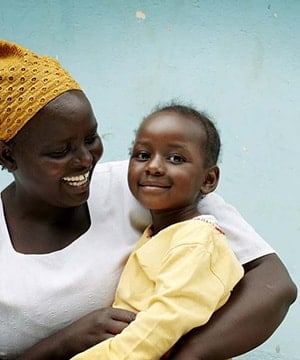
Approch HEA Synopsis
The decline in agricultural production and labor, the continuing rise in food prices in local markets and insecurity. To increase their resilience and anticipate required interventions, States and their partners must urgently opt for new strategies.
These strategies are based on baseline data reflecting the day-to-day reality of populations and relevant analyzes of livelihood trends. The Household Economy Approach (HEA) is an analytical framework that provides a better understanding of the livelihoods of the population and builds the capacity of the actors involved. predict changes in the population’s access to food in the short and medium term.
How to analyze the vulnerability of rural households to food insecurity by taking into account their access to food and income and expenditures? Comment anticipate the impact of hazards on these households? How to better plan emergency food aid interventions while gaining a better understanding of the changing livelihoods of households? How to link early warning and rapid interventions to save lives, maintain and strengthen livelihoods and build resilience of people? HEA allows to answer.

Project HEA Sahel – Save The Children Historical
Since 2010, Save the Children (SC) and its international partners (Oxfam Intermon, Oxfam GB, ACF, WFP) have been implementing a project to understand people’s livelihoods, build the technical capacity of actors to better predict food situation of households in 7 Sahelian countries.
Since the start of the project in 2010, several phases have been implemented with the financial support of the donors ECHO and OFDA:
Stage 1
This stage, which is the beginning of the project (2010-11), was characterized by the theoretical and practical training of HEA experts in the Sahel region and trained 34 people from state and civil society structures (NGOs, Universities ) and the private sector.
Stage 2
(2011-12) focused on supporting national CASs and humanitarian actors to use the HEA analysis to inform the response to the food and nutrition crisis in the Sahel in 2012.
Stage 3
(2012-13), with the main objective of increasing the resilience of vulnerable households by improving the analysis of their vulnerability to food insecurity as well as better response planning in the Sahel. This Stage, which ended in June 2013, trained 144 managers in Outcome Analysis techniques and conducted two seasonal analyzes at the level of each country.
Stage 4
(2013-14) started in July 2013 and ended in late September 2014. The project was implemented in seven countries (Burkina Faso, Chad, Mali, Mauritania, Niger, Nigeria and Senegal), involving five direct partners implementation (ACF Spain, Intermon Oxfam, Oxfam GB, Save the Children and WFP), the SAPs of each country and two technical partners (FEG Consulting and the AGRHYMET Regional Center of CILSS). This fourth Stage focused on the use of livelihoods analysis for building resilience through Early Warning and Response Systems (EWRS). The specific objective was to integrate analysis of household food access variation, Early Warning and Response Systems and policy formulation for the poor in the Sahel.
Stage 5
(2014-15) Stage V of the HEA project began on October 1, 2014 and ended on September 30, 2015. This Stage is a continuation of Phase IV: Increasing the Resilience of Vulnerable Households by Improving vulnerability analysis as well as better response planning in the Sahel. Co-funded by OFDA and ECHO, this phase aimed to reduce the impact of disasters through targeted capacity building of early warning systems in the Sahel. After close collaboration with local, national and regional food security actors, HEA is becoming an integral part of early warning in the Sahel.

Current Stage Status
Stage 6
As in previous Stages, the main objective of this project’s activities is to increase the resilience of vulnerable households by improving the vulnerability analysis as well as better taking into account and planning the response in the project. Sahel. This phase is co-financed by ECHO and OFDA: the activities covering Senegal, Mauritania, Niger and Chad are financed by OFDA and will end on 31 December 2017. Between October 2015 and December 2016, ECHO through two financings covered the activities of Mali and Burkina Faso and Nigeria).

Project achievements The keys
Since 2010, the project has created a HEA expert group in the region. As of March 31, 2016, more than 500 people from government ministries, NGOs, UN agencies, FEWS NET, etc., have been trained in the methodology of HEA, whether on Baselines or Results Analysis (OA).
Building on these capabilities developed by the HEA project, Baselines, Outcome Analysis and HEA training were conducted by the HEA focal points in the region: 82 HEA Baselines were conducted in the Sahel region and presented detailed information on the means available household existence and food security (7 in Mauritania, 6 in Senegal, 9 in Burkina Faso, 13 in Mali, 23 in Niger, 17 in Chad and 7 in Nigeria). Two seasonal analyzes are carried out at the level of each country covered by the project. The result of these seasonal analyzes is strongly used to feed the national and regional Harmonized Framework analyzes, allowing a better understanding of the indicators on food consumption through the results of the HEA analysis.







